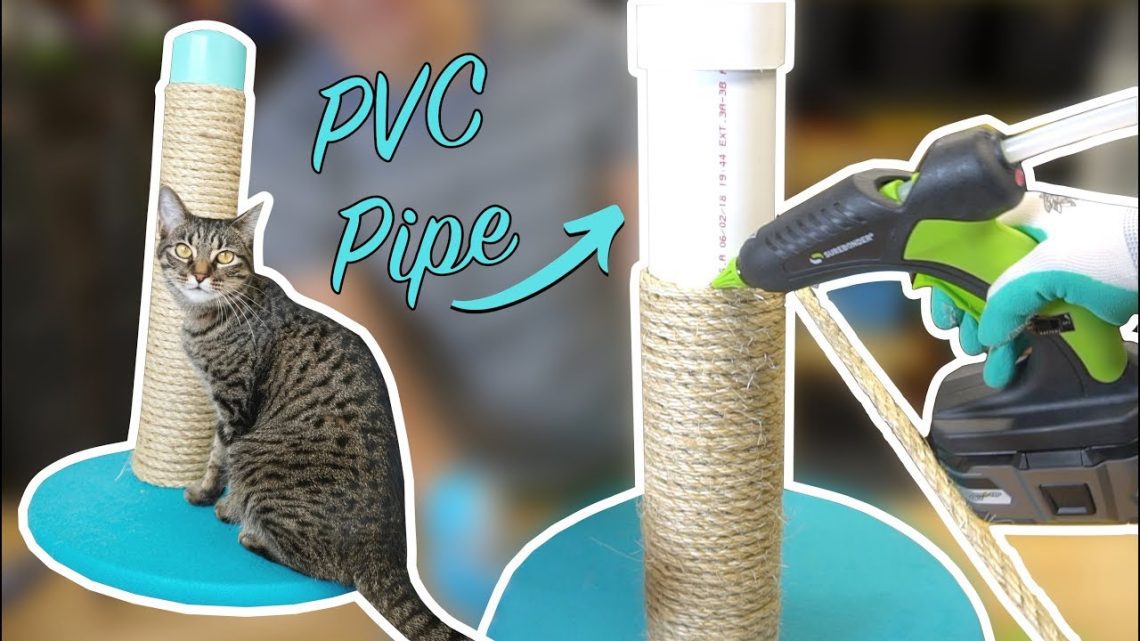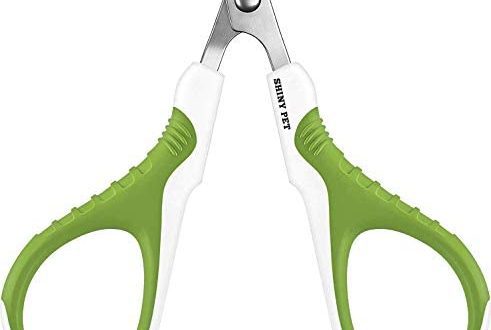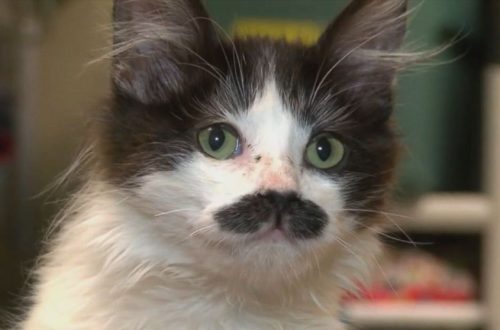
How to make a scratching post for a cat?
Contents
Model of a scratching post
Before you buy a scratching post or take on its manufacture, watch your pet. If a cat likes to scratch vertical surfaces – doorways, furniture, walls – a hanging or cylindrical scratching post is suitable for her. If the animal is more interested in sex, then the floor option will be a win-win, which, by the way, will also attract not too active cats who love to lie down and grind their claws at the same time.
Material of the scratching post
The next step is to choose the material for the claw point. Different cats are attracted to different surfaces: some like to scratch a flat floor, others prefer a soft carpet, and others like trees. Depending on the preferences of the pet, you can choose the most attractive material for the scratching post.
The simplest is the tree. A non-dry log is suitable for a scratching post, which will need to be cleaned of dirt and lightly sanded so that the pet does not get hurt;
Not too strong and active pets, as well as kittens, a scratching post made of cardboard or plywood is suitable. It will not last long, but will bring your pet no less pleasure than any other;
If you decide to make a scratching post out of a carpet, then in no case wash it with detergents. For cleaning, it is better to rinse it several times in water;
The scratching post can be combined: for this, it is enough to attach a sisal or jute rope to the plywood.
When choosing a material, it is important to remember that it should be of medium hardness: too hard can harm the pet, and too soft will not perform its functions, and then the cat will switch to interior items.
Also, the material must be natural: synthetics are too slippery, and besides, they can shock the cat. When making a scratching post, avoid plastic parts (they accumulate electricity) and metal parts (they pass electricity too well).
Size and location
The correct scratching post in length or height should be equal to the height of the pet. While turning their claws, cats stand on their hind legs, and, accordingly, their front paws in this position should be placed on the scratching post. However, you should not hang the scratching post only at the level of the front paws, because the claws on the hind legs also need to be ground down. Also, the scratching post must have a stable base or mount so as not to move during the process, especially not to fall on the pet.
The location of the scratching post also matters: it should not be located in the most remote corner of the apartment, and the path to it should be as free as possible. Let your pet choose a place for his scratching post. To do this, move it around the apartment and put it where he likes to lie, or where he has already scratched interior items.
How to make a scratching post with your own hands?
Once you have decided on the model and material of the scratching post, you can start making it. You will need:
Glue gun for fastening materials. Remember: a cat can get hurt on nails and other metal fasteners, so it is better to refuse to use them;
Board or plywood for the base;
Sisal rope for finishing (it is much stronger than jute) or a piece of carpet;
If you decide to make a cylindrical or wall-mounted scratching post, then you will need special fasteners, a hammer or a screwdriver to attach it to a stand or wall.
The easiest way to make a lying and hanging scratching post is to glue the sisal rope to the base, wrapping it in such a way that there are no gaps left. In the same way, you can glue a piece of carpet. Then fix the finished scratching post on the surface.
With proper experience with wood, you can make more complex scratching posts yourself: standing, with a house and toys. The main thing is to take into account the above rules for choosing a model, materials and methods of fastening and always think about the safety of your pet.





